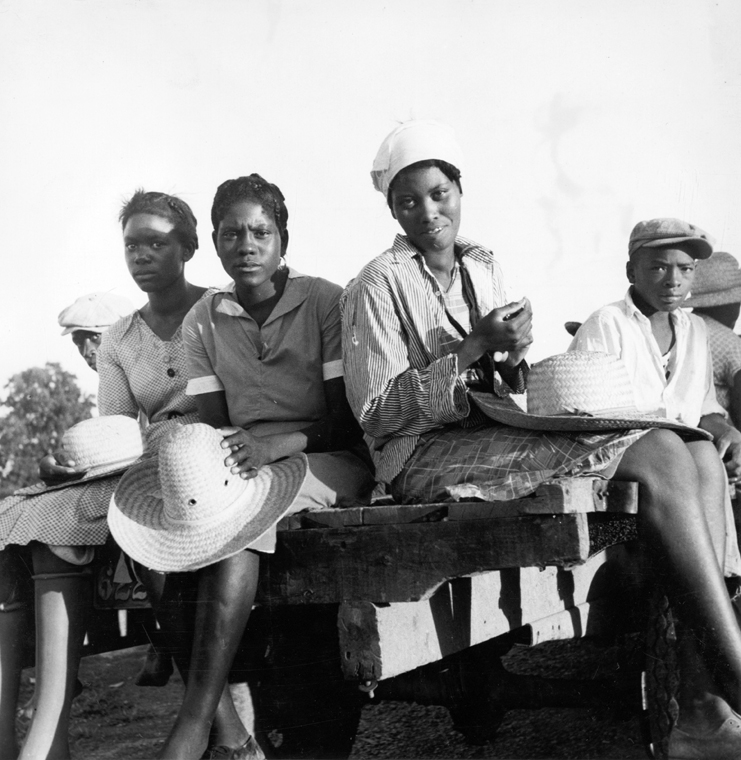 Alexandra Cuesta, a filmmaker and recent guest of the Global Mobility Project at The Ohio State University, has been named a Guggenheim Fellow. Alexandra’s work combines experimental film and documentary practices to capture how people move through public spaces. Her work examines social structures, instances of displacement, and cultural diasporas. As a Guggenheim Fellow, she will continue to work on a project titled Desde Aquí (From Here). According to the Guggenheim website the project is:
Alexandra Cuesta, a filmmaker and recent guest of the Global Mobility Project at The Ohio State University, has been named a Guggenheim Fellow. Alexandra’s work combines experimental film and documentary practices to capture how people move through public spaces. Her work examines social structures, instances of displacement, and cultural diasporas. As a Guggenheim Fellow, she will continue to work on a project titled Desde Aquí (From Here). According to the Guggenheim website the project is:
…an experimental documentary that explores the life of the inhabitants of Susudel, a small community in the Andes mountains in southern Ecuador. The film addresses the complicated post-colonial legacy of land ownership, labor, and migrations, particular to the region, while simultaneously constructing a portrait of place, which permeates between the exterior landscape and the private/ intimate scape.
The New York Film Festival, Solomon R. Guggenheim Museum, Viennale International Film Festival, Centre Pompidou, Palacio Nacional de Bellas Artes in Mexico City, FIDMarseille, Bienal de Cuenca, Habana Film Festival, and BFI Film Festival, London number among venues at which Alexandra’s work has been screened. Alexandra received her MFA in Film and Video from the California Institute of the Arts and her BFA in Photography from Savannah College of Art and Design.
 On February 12, Alexandra visited OSU to show three short films and to join Prof. Vera Brunner-Sung of the Global Mobility Project and the Department of Theatre for a discussion on their subject matter. The three films screened were Despedida, Piensa En Mi, Recordando El Ayer. These films depict movement, moments of waiting, separation and life in two distinct places: Los Angeles (Despedida and Piensa En Mi) and Jackson Heights in New York City (Recordando El Ayer). After showing her short films, Alexandra reflected on making films in marginalized spaces populated mainly by migrants.
On February 12, Alexandra visited OSU to show three short films and to join Prof. Vera Brunner-Sung of the Global Mobility Project and the Department of Theatre for a discussion on their subject matter. The three films screened were Despedida, Piensa En Mi, Recordando El Ayer. These films depict movement, moments of waiting, separation and life in two distinct places: Los Angeles (Despedida and Piensa En Mi) and Jackson Heights in New York City (Recordando El Ayer). After showing her short films, Alexandra reflected on making films in marginalized spaces populated mainly by migrants.
Alexandra and Prof. Brunner-Sung discuss the filmmaking process, global mobility and migration, and the significance of Alexandra’s work in the podcast below. Alexandra explains how art can avoid the pitfall of existing outside the migrant experience, a notion she has observed in some academic research. Alexandra says, “What the arts can do in this regard is to look at this subject from another perspective and that means to me a more emotional perspective.”
She then recalls a showing of her film Recordando El Ayer at a church in Jackson Heights, where many of the film’s subjects were able to watch the film and subsequently participate in a Q & A session. Through this rare opportunity she was able to see firsthand how, “Art, again, can provide these open conversations, dialogues, and discussions in a more human and direct way.”
Speaking from her perspective as a filmmaker and as immigrant originally from Ecuador, Alexandra creates films that convey the feeling of leaving home and assimilating into a new culture. Central to her work are identities and a sense of belonging. She wonders, “Can anyone belong to a place? Is this even possible in the world today?”
A Talk with Alexandra Cuesta Podcast:









